Love Mars? Then This is For You
We frequently ooh and aah over the images returned by the HiRISE camera from the Mars Reconnaissance Orbiter, and now there's gonna be a whole lot of oohing and aahing going on. The HiRISE folks have just released more than 1,500 new observations of Mars for the Planetary Data System archive, showing a wide range of gullies, dunes, craters, geological layering and other features on the Red Planet. Take a gander at some of the highlights:
Click to continue…
Filed under: Mars, Missions | No Comments »
"What Was That Big Star Next to the Moon Last Night?"
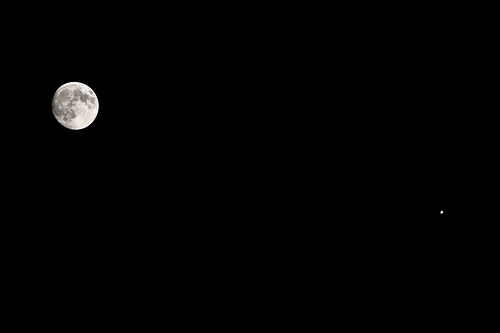
Anyone ask you that question this morning? Jupiter was only 3 degrees from the Moon last night, making a pretty (and bright!) conjuction. I put out a call on Twitter last night for pictures of the event, and here are a few that were shared. Above is one taken by Kevin Jung in Grand Rapids, Michigan USA. Click the picture for more of Kevin's images. Also, if you looked at Jupiter with a telescope last night (Sept 2) at 4:43 to 6:29 Universal Time (12:43 a.m. to 2:29 a.m. Eastern Daylight Time) you may have also noticed something was missing: Jupiter's moons were hiding! Ganymede and Europa passed in front of the giant planet, while Io and Callisto will passed behind Jupiter (from our point of view) making it nearly impossible to visually detect any moons around Jupiter. Our own Brian Ventrudo explains all on his site One Minute Astronomer. And here's some more images from the conjuction:
Click to continue…
Filed under: Astrophotos | 2 Comments »
UFOs, a Green Venus and Sun Gobbling? Isn't That Going a Little Far, Mrs Hatoyama?
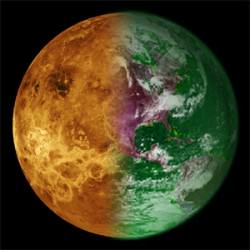
Venus? Green? Awesome!
This might sound like a quote taken from the ramblings of a conspiracy theorist or the chant from someone who spent an hour too many at an Amsterdam coffee shop, but it wasn't.
Actually, these are the words of the wife of the Japanese premier-in-waiting Yukio Hatoyama.
Mrs Miyuki Hatoyama might be married to a man Japan nicknames "The Alien," but it looks like it's not him who has dreams of an extraterrestrial nature…
Click to continue…
Filed under: Venus | 5 Comments »
Climate Change and Earth's Cryosphere
Even though most of us do not live in the polar regions or don't even see icebergs or ice sheets very often, no matter where you live, the snow and ice of the Earth’s cryosphere has an impact on your climate. NASA released an amazing new view of Earth's frozen regions today, using visual satellite data to show, among other things, how sea ice is disappearing and glaciers are shrinking. These changes in the cryosphere have had a major impact on global climate, as the crysophere is interconnected with other parts of the Earth system. Scientists are currently studying just how much the frozen places on Earth affect global warming, and the best way to view the remote icy parts of our planet is from space. This video shows satellite data in action, with striking high definition visuals and charts.
Click to continue…
Filed under: Environment | 6 Comments »
Fake But Funny NASA Press Release

It's nice to see the folks at NASA have a sense of humor and can poke fun at themselves. The following (fake) press release was part of the Flight Day 6 Execute Package sent up to the STS-128 crew on board space shuttle Discovery, now docked at the International Space Station: "Colbert Elated, Stewart Miffed." Also impressive to see how NASA employees can come up with an acronym for almost any occasion:
Click to continue…
Filed under: NASA | 6 Comments »
Where In The Universe #69

Here's this week's image for the WITU Challenge, to test your visual knowledge of the cosmos, and I swear, this one is space related. But you know what to do: take a look at this image and see if you can determine where in the universe this image is from; give yourself extra points if you can name any spacecraft involved in this image. We’ll provide the image today, but won’t reveal the answer until tomorrow. This gives you a chance to mull over the image and provide your answer/guess in the comment section. Please, no links or extensive explanations of what you think this is — give everyone the chance to guess.
Click to continue…
Filed under: Where In the Universe? | 16 Comments »
LRO Sees Bouncing, Rolling Boulders on the Moon
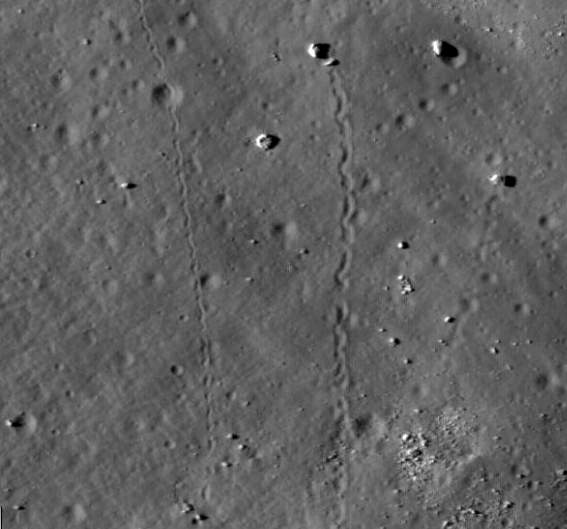
Think nothing ever happens on the Moon? New images from the Lunar Reconnaissance Orbiter Camera shows spectacular views of the famous Tsiolkovskiy Crater, and a close-up look reveals boulders that have rolled down the slopes of the crater. In the larger image, below, it is easy to see where the boulders came from by following their rolling, bouncing tracks. These are not small rocks by any means: the largest boulder in this image is about 40 meters wide – half as big as a soccer field! Seeing where the boulders originated from is a great clue to geologists reconstructing the local geology. What do they see here?
Click to continue…
Filed under: Astronomy | 3 Comments »
Do We Look Like This Edge-On?
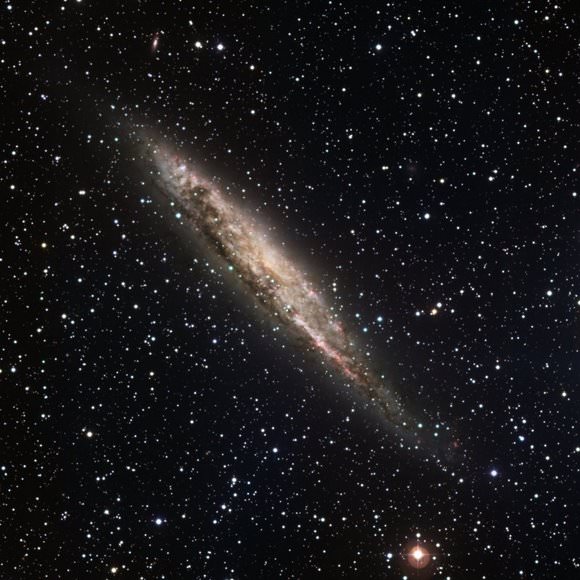
Unfortunately, the Universe isn't equipped with any three-panel dressing room mirrors, so we can't see what our own Milky Way Galaxy looks like face on, or even from the side. But here's a great new edge-on image of Galaxy NGC 4945, and many astronomers think this hive of stars closely resembles our own spiral galaxy with swirling, luminous arms and a bar-shaped central region. However, looking at this mirror-like image, does our black hole look that big? No, say astronomers from the European Southern Observatory. NGC 4945 has a brighter center that is likely home to a supermassive black hole bigger than the Milky Way's, and it is devouring reams of matter and blasting energy out into space.
Click to continue…
Filed under: galaxies | 2 Comments »
Astronomers Find Most Distant Supermassive Black Hole Yet
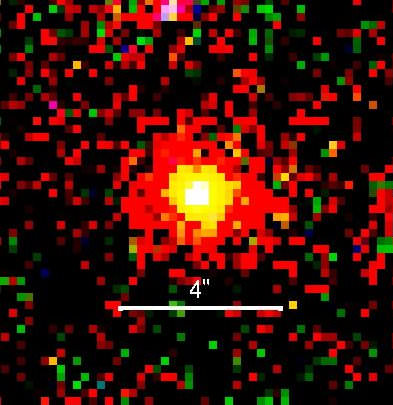
Composite pseudo-color image of the QSO (CFHQSJ2329-0301). The RGB colors are assigned to z0; zr and i0-bands, respectively. The figures are north up, east left. Credit: Goto et al.
A long time ago in a galaxy far, far away there was a supermassive black hole….. Astronomers from the University of Hawaii have spotted a giant galaxy surrounding the most distant supermassive black hole ever found. The galaxy, so distant that it is seen as it was 12.8 billion years ago, is as large as the Milky Way galaxy and harbors a supermassive black hole that contains at least a billion times as much matter as our Sun.
Click to continue…
Filed under: Black Holes, galaxies | 2 Comments »
New Way to Measure Curvature of Space Could Unite Gravity Theory
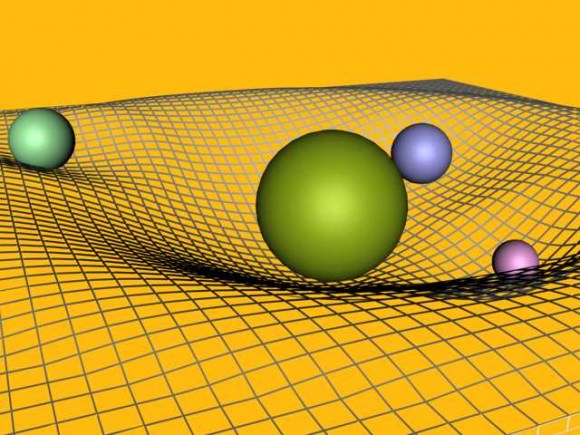
Einstein's general theory of relativity describes gravity in terms of the geometry of both space and time. Far from a source of gravity, such as a star like our sun, space is "flat" and clocks tick at their normal rate. Closer to a source of gravity, however, clocks slow down and space is curved. But measuring this curvature of space is difficult. However, scientists have now used a continent-wide array of radio telescopes to make an extremely precise measurement of the curvature of space caused by the Sun's gravity. This new technique promises to contribute greatly in studying quantum physics.
Click to continue…
Filed under: Cosmology, Physics | 12 Comments »
Satellite Images of California Wildfires, Mt. Wilson Update
The wildfires near Los Angeles have spread to over 100,000 acres. The Los Angeles Times reported that the fire had burned 74 structures and remained out of control, spreading both west and north. As of 6:30 p.m. Pacific Daylight Time on August 31, some 12,000 homes were threatened. Fire fighters struggled to save the Mt. Wilson Observatory from the encroaching fire. Today, fire fighters set controlled backfires in effort to remove the closest vegetation to the various telescope structures. See below for a labeled image of the structures on Mt. Wilson amid smoke from the fires, courtesy of Emily Lakdawalla of the Planetary Society, along with more satellite, ground and helicopter images from the fires.
Click to continue…
Filed under: Observatories | 1 Comment »
Watch Saturn's Rings Disappear (Video)

On September 4, 2009, Earth's orbital motion will carry it through the same plane as Saturn's rings. From our vantage point, the rings will disappear. Usually these ring plane crossings — which only happen about every 15 years — are great opportunities to observe Saturn's moons. But this year's ring plane crossing will be practically impossible to see, as Saturn will be very close to the sun, only 11 degrees away. So, disappointingly, we won't see much. However, amateur astronomer Alan Friedman has given us a glimpse of what this event will look like, without the glare from the sun. Friedman has put together an animation of how the angle of Saturn's rings have changed over the past six years. See the animation below. "It shows the changing plane of the ring system as viewed from my Buffalo backyard from 2004 to 2009," said Friedman. "The final frame has been assembled from earlier 2009 observations to display how the planet will appear with its rings edge on." Gorgeous!
Filed under: Astronomy | 2 Comments »
After Loss of Lunar Orbiter, India Looks to Mars Mission
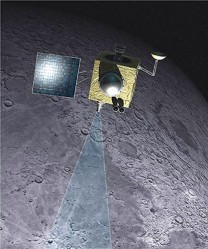
After giving up on re-establishing contact with the Chandrayaan-1 lunar orbiter, Indian Space Research Organization (ISRO) Chairman G. Madhavan Nair announced the space agency hopes to launch its first mission to Mars sometime between 2013 and 2015. Nair said the termination of Chandrayaan-1, although sad, is not a setback and India will move ahead with its plans for the Chandrayaan-2 mission to land an unmanned rover on the moon’s surface to prospect for chemicals, and in four to six years launch a robotic mission to Mars.
Filed under: Missions | 4 Comments »
Is The Milky Way Doomed By Galactic Bombardment?

As scientists attempt to learn more about how galaxies evolve, an open question has been whether collisions with our dwarf galactic neighbors will one day tear apart the disk of the Milky Way.
That grisly fate is unlikely, a new study now suggests.
Filed under: Astronomy | 14 Comments »
Bareket Observatory Celebrates International Year Of Astronomy
The Bareket Observatory in Israel just did something really remarkable – they celebrated the International Year of Astronomy with a live webcast for the entire world! During the event one could listen to live explanations by a U.S. astronomer and enjoying a special musical representation to those who are blind. I had very much been enjoying my conversations with Ido Bareket and had every intention of reminding our readers when the date was going to happen so you could join in… Then the storms hit Ohio. Click to continue…
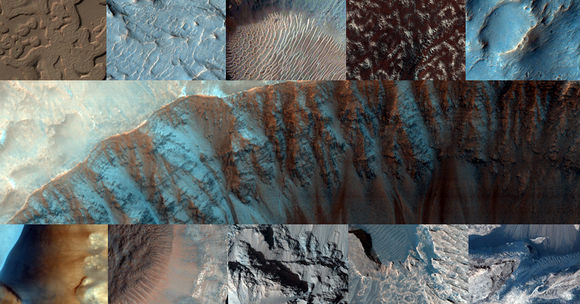
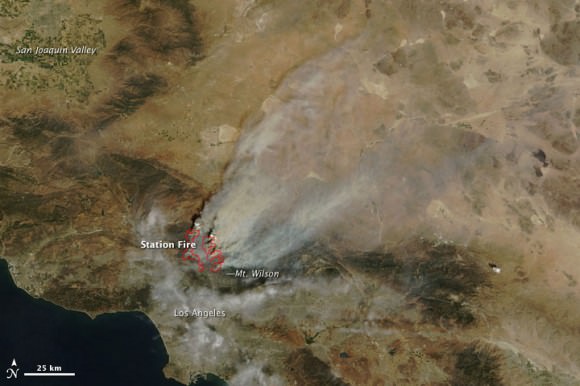



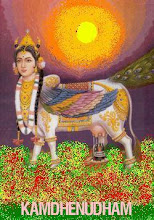
No comments:
Post a Comment